
Why Microsoft Isn’t Enough: The Case for a Layered Email Security Approach

Microsoft offers robust native email security within its Office 365 suite, but is it enough to fend off the sophisticated, AI-driven cyber threats of 2025? While Microsoft's tools provide a solid foundation, they often fall short when it comes to detecting advanced phishing attacks, business email compromise (BEC), and zero-day exploits.
This blog post will explore why relying solely on Microsoft's native email security is insufficient. We'll dive into the evolving threat landscape, highlight the gaps in traditional security measures, and demonstrate how a layered approach incorporating advanced, AI-powered solutions like those offered by StrongestLayer can significantly bolster your defenses.
By the end of this article, you'll understand why complementing Microsoft's tools with additional specialized solutions isn't just an option—it's a necessity.
The Evolving Cyber Threat Landscape
The New Era of Cyber Threats
Gone are the days when phishing emails were easily detectable by simple rule-based filters. Today's attackers leverage artificial intelligence to craft hyper-personalized, contextually aware messages that can easily fool even the most cautious recipients. These threats include:
AI-Generated Phishing: Cybercriminals now use machine learning to generate emails that mimic trusted communication. These emails are tailored to individual behaviors and preferences, making them extremely difficult to detect with static security measures.
Business Email Compromise (BEC): Attackers impersonate high-level executives or trusted vendors to trick employees into transferring funds or sharing sensitive data. AI has increased the precision of these attacks, making them more targeted and dangerous.
Zero-Day Exploits: Attackers exploit previously unknown vulnerabilities in software, leaving organizations exposed until patches can be developed and deployed.
Why Traditional Solutions Fall Short
While Microsoft's native email security is a crucial component of an organization's defense, its approach is primarily based on historical data and static rules. Here are some reasons why relying solely on Microsoft may leave your organization exposed:
Static Rule-Based Detection: Traditional systems depend on known threat signatures and patterns. In an era where attackers continually innovate, static models often miss new, sophisticated tactics.
Limited Contextual Analysis: Microsoft's built-in tools may not always analyze the true intent behind an email. A phishing attack's subtle but critical signs can be missed without understanding the context.
Reactive Rather Than Proactive: Many native solutions are designed to respond to threats after they've been identified rather than anticipating them in real time.
Integration Gaps: While Microsoft provides basic security features, it may not integrate seamlessly with specialized tools, offering a broader, layered defense against advanced threats.
The Case for a Layered Email Security Strategy
What Is Layered Email Security?
Layered email security is an approach that combines multiple defensive strategies to create a robust shield against cyber threats. Rather than relying on a single solution, a layered strategy integrates various technologies and processes to cover all potential vulnerabilities.
Key Components of a Layered Approach
Native Email Security (Microsoft 365): Provides baseline protection with spam filtering, malware scanning, and essential phishing detection.
AI-Powered Phishing Detection: Uses advanced algorithms and real-time threat intelligence to identify and block sophisticated phishing attempts that bypass traditional filters.
Threat Intelligence and Analytics: Aggregates data from various sources to deliver actionable insights and predictive alerts on emerging threats.
User Training and Awareness: Regular, adaptive training programs help employees recognize and respond to phishing attempts and other social engineering tactics.
Endpoint and Network Protection: Complements email security by ensuring that, even if an email threat slips through, other layers of defense are in place to prevent further compromise.
Automated Response and Remediation: Quickly neutralizes threats through automated quarantine, alerting, and incident response protocols.
Benefits of a Layered Approach
Comprehensive Protection: No single solution can catch everything. A layered strategy ensures that if one system misses a threat, another can see it.
Enhanced Accuracy: Combining multiple technologies reduces false positives and improves overall detection rates.
Adaptability: With continuous updates from threat intelligence feeds, a layered approach remains effective even as cyber threats evolve.
Reduced Operational Burden: Automation and integration across layers streamline security management and free up IT resources.
Increased Resilience: By building multiple lines of defense, your organization is better prepared to handle complex, multi-vector attacks.
How Microsoft's Native Security Stacks Up
Strengths of Microsoft's Email Security
Microsoft 365 offers robust, enterprise-grade security features that many organizations rely on:
Spam and Malware Filtering: Essential protection that blocks many common threats.
Data Loss Prevention (DLP): Helps prevent sensitive information from being shared inappropriately.
Advanced Threat Protection (ATP): Provides additional layers of security, including sandboxing and behavioral analysis.
Limitations in the Modern Threat Landscape
Despite these strengths, there are notable gaps when facing today's advanced cyber threats:
Limited Adaptability: Traditional defenses may miss novel, AI-generated phishing attacks that use evolving tactics.
Contextual Shortcomings: Without deep contextual analysis, subtle signs of phishing—such as slight variations in language or sender behavior—can go undetected.
Reactive Nature: Many native tools are designed to react to known threats rather than predict and prevent new ones.
Integration Challenges: Relying solely on Microsoft's tools can leave gaps that more specialized solutions are designed to fill.
How Additional Tools Enhance Email Security
The Role of Specialized AI Solutions
To truly secure your email environment, it's essential to complement Microsoft's native tools with specialized, AI-powered solutions. Here's how they add value:
Deep Learning and Contextual Analysis: Advanced AI models go beyond keyword matching by understanding the context and intent behind emails, resulting in more accurate threat detection.
Real-Time Adaptation: AI-powered tools continuously update their threat models based on the latest data, ensuring your defenses evolve with emerging threats.
Reduced False Positives: Enhanced analysis minimizes unnecessary alerts, so your IT team can focus on real threats rather than chasing down false alarms.
Proactive Threat Intelligence: Integrating real-time threat intelligence allows for early detection of zero-day exploits and new phishing tactics, giving you a critical head start.
Case in Point: StrongestLayer's Approach
At StrongestLayer, we combine our state-of-the-art AI-driven email security with comprehensive threat intelligence, user training, and seamless integration with your existing infrastructure.
Our solution is designed to work harmoniously with Microsoft 365, filling the gaps that native tools leave behind. This layered approach significantly strengthens your defenses, offering peace of mind that your organization is protected from today’s most sophisticated threats."
Real-World Examples
The Phishing Surge
A mid-sized financial institution noticed increased sophisticated phishing emails that bypassed their native security filters. By integrating an AI-powered phishing detection solution, they observed a dramatic reduction in successful phishing attempts—over 90% fewer incidents—allowing the IT team to focus on strategic tasks rather than constant firefighting.
How to Craft a Robust Multi-Layered Email Security Framework
1. Start with a Comprehensive Security Audit
Assess your current security posture and identify the gaps that must be addressed. This audit should cover everything from email filtering and endpoint protection to user training and threat intelligence integration.
2. Integrate Multiple Solutions
Don't rely solely on one tool. Combine Microsoft's native security features with specialized AI-powered solutions to create a robust, multi-layered defense.
3. Emphasize Continuous Improvement
Cyber threats evolve rapidly. To ensure your defenses remain effective, regularly update your threat intelligence feeds, refine your detection models, and conduct periodic phishing simulations.
4. Educate Your Employees
Human error can undermine even the most advanced technology. Continuous, adaptive training and realistic phishing simulations empower your employees to recognize and respond to threats effectively.
5. Monitor and Optimize Performance
Use detailed analytics and reporting tools to track the effectiveness of your layered approach. Regularly review performance metrics and adjust your strategy to address new vulnerabilities.
Why a Holistic Security Model Sets You Apart
Proactive Defense Against Emerging Threats
A layered strategy ensures that another security measure will catch the threat if one fails. This redundancy is key in an environment where cybercriminals constantly evolve their tactics.
Enhanced Detection and Reduced False Positives
By combining multiple technologies—contextual analysis, real-time threat intelligence, and adaptive learning—your organization can significantly reduce false positives and focus on genuine threats.
Improved Operational Efficiency
Automation across different layers of security reduces the manual burden on your IT team. This efficiency saves time and lets your team concentrate on strategic, high-value tasks.
Scalability and Flexibility
A layered approach can be easily scaled as your organization grows. Whether a small business or a large enterprise, your email security can evolve with your needs.
Future-Proof Your Cyber Defense
Investing in modern, AI-powered solutions prepares your organization for the challenges of tomorrow. As new threats emerge, a layered strategy ensures that your defenses remain robust and effective.
Key Insights for Decision Makers
The Threat Landscape is Evolving: Cyber attackers are using AI to create increasingly sophisticated phishing scams. Relying solely on legacy security tools is a risk you cannot afford.
Layered Security Provides Comprehensive Protection: Combining Microsoft's native security with advanced AI-powered tools creates a defense system that is more incredible than the sum of its parts.
Investing in Additional Solutions is Cost-Effective: The reduction in successful phishing attacks and the operational efficiency of automating threat detection provide a compelling ROI.
Employee Training is Critical: A well-informed workforce is your best line of defense. Continuous, adaptive training ensures your team is prepared to recognize and report suspicious emails.
Proactive Defense is the Future: In a world where threats evolve in real-time, proactive and adaptive security measures are essential to protect your organization's data and reputation.
Final Thoughts
While Microsoft's native email security provides a necessary foundation, it's clear that relying solely on it leaves significant gaps—gaps that modern cybercriminals can exploit with advanced, AI-powered phishing attacks. In 2025, a layered approach to email security isn't just an option; it's a necessity.
By integrating robust, AI-driven solutions with your existing Office 365 setup, you can achieve a proactive, adaptive, and future-proof level of protection. A comprehensive security strategy that combines technology, threat intelligence, and continuous employee training is your best defense against the evolving cyber threat landscape.
Take a moment to assess your current security measures. If you recognize any of the signs discussed in this blog, it's time to consider an upgrade. Embrace a layered email security strategy that protects your organization today and prepares you for the challenges of tomorrow.
Frequently Asked Questions
Q1: What are the limitations of Microsoft's native email security?
Microsoft's built-in tools provide essential protection but often rely on static rules and historical data. This can leave gaps when dealing with sophisticated, AI-generated phishing attacks and zero-day exploits that require dynamic, context-aware analysis.
Q2: How does a layered security approach improve email protection?
A layered approach combines multiple security measures—native tools, AI-powered detection, threat intelligence, and user training—to create a comprehensive defense. If one layer fails, another can catch the threat, significantly reducing the risk of a successful attack.
Q3: What role does AI play in enhancing phishing detection?
AI leverages machine learning and advanced contextual analysis to understand the true intent behind each email. This allows for more accurate detection of subtle, sophisticated phishing attempts that traditional methods often miss.
Q4: Can integrating additional security tools be cost-effective?
Yes. While there is an initial investment, reducing successful phishing attacks, decreased downtime, and lower operational overhead result in significant cost savings over time.
Q5: How does employee training fit into a layered email security strategy?
Employee training is crucial because even the best technology can be undermined by human error. Regular, adaptive training programs help employees recognize suspicious emails, reducing the likelihood of successful attacks.
Q6: What makes StrongestLayer's solution future-proof?
Our AI-powered approach continuously learns from new data and adapts to emerging threats, ensuring your defenses remain effective as cybercriminals evolve their tactics.
Q7: How quickly can these additional tools detect and block threats?
Our advanced systems operate in real-time, often detecting and neutralizing threats within seconds of email arrival, providing immediate protection against rapidly evolving attacks.
Q8: Do these additional solutions integrate easily with Office 365?
Absolutely. Our solutions are designed to integrate seamlessly with Office 365 and other popular email platforms, ensuring that you get enhanced protection without disrupting your workflow.
Q9: What are the primary benefits of adopting a layered security strategy?
The primary benefits include improved threat detection, reduced false positives, enhanced operational efficiency, better ROI through reduced downtime, and a more resilient defense against evolving cyber threats.
Q10: How can I measure the effectiveness of my layered email security strategy?
Effectiveness can be measured through key performance indicators such as reduced phishing incidents, decreased false-positive rates, improved response times, and improved employee awareness and system performance.
Q11: Why is it critical to update threat intelligence continuously?
Cyber threats evolve rapidly, and continuous updates ensure that your security systems can detect and respond to the latest attack vectors, minimizing the risk of successful breaches.
Q12: What is the impact of false positives on operational efficiency?
False positives can overwhelm your IT team, diverting resources from critical tasks. Advanced AI-driven systems reduce false alarms, allowing your team to focus on genuine threats and strategic initiatives.
Don’t wait for a breach to rethink your defenses. Talk to our team today about how StrongestLayer integrates seamlessly with Microsoft 365 to protect against AI-driven threats.




.png)
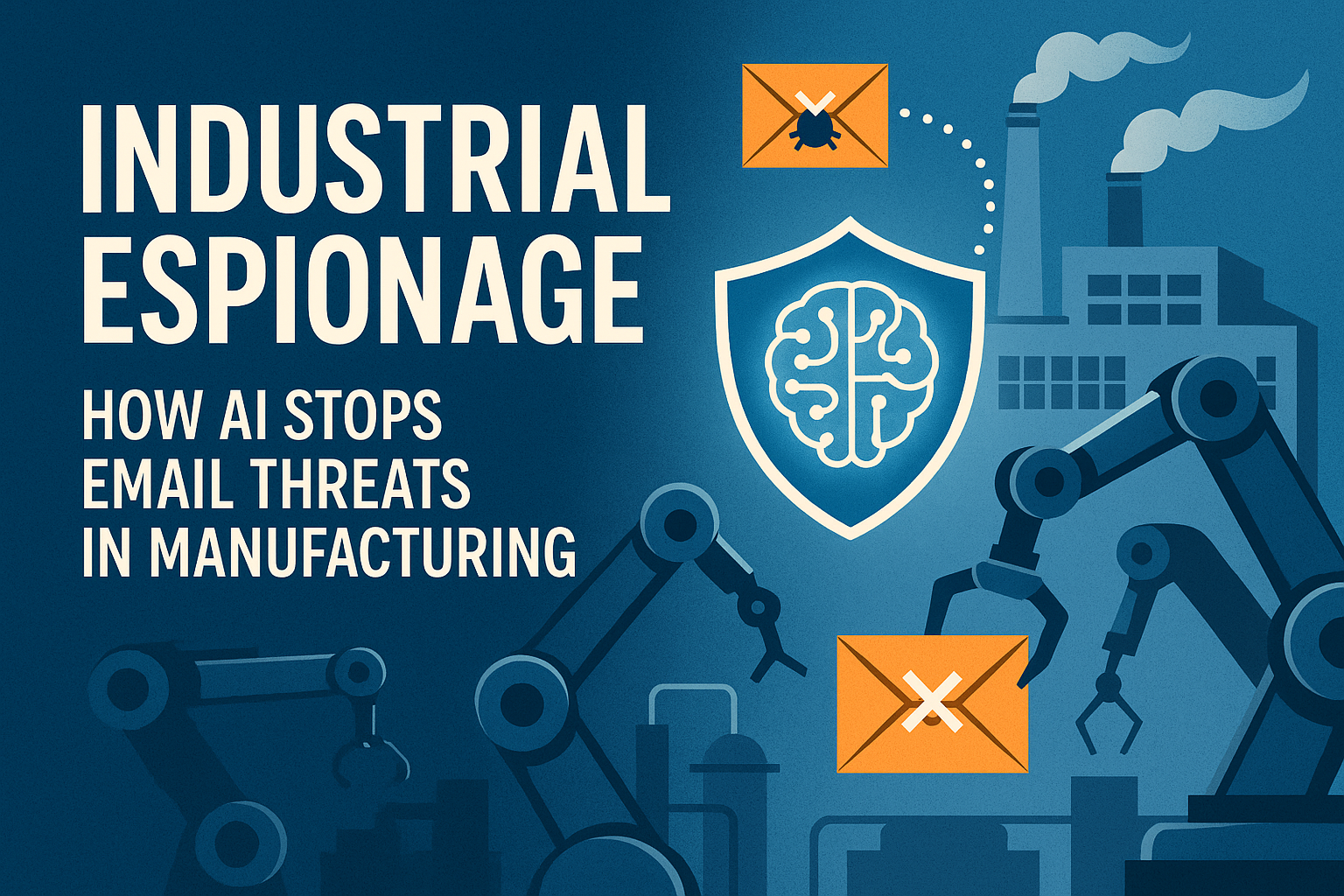

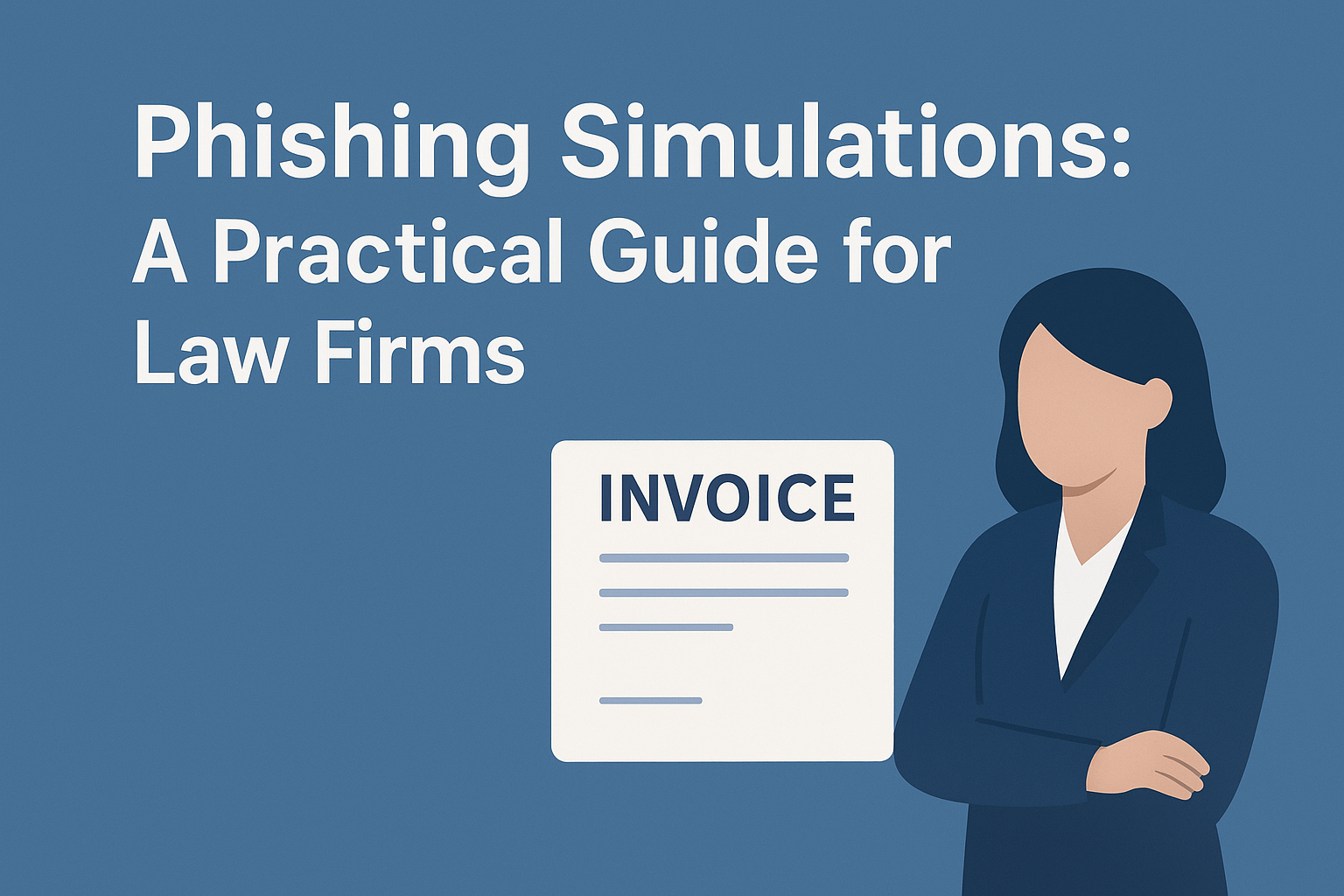
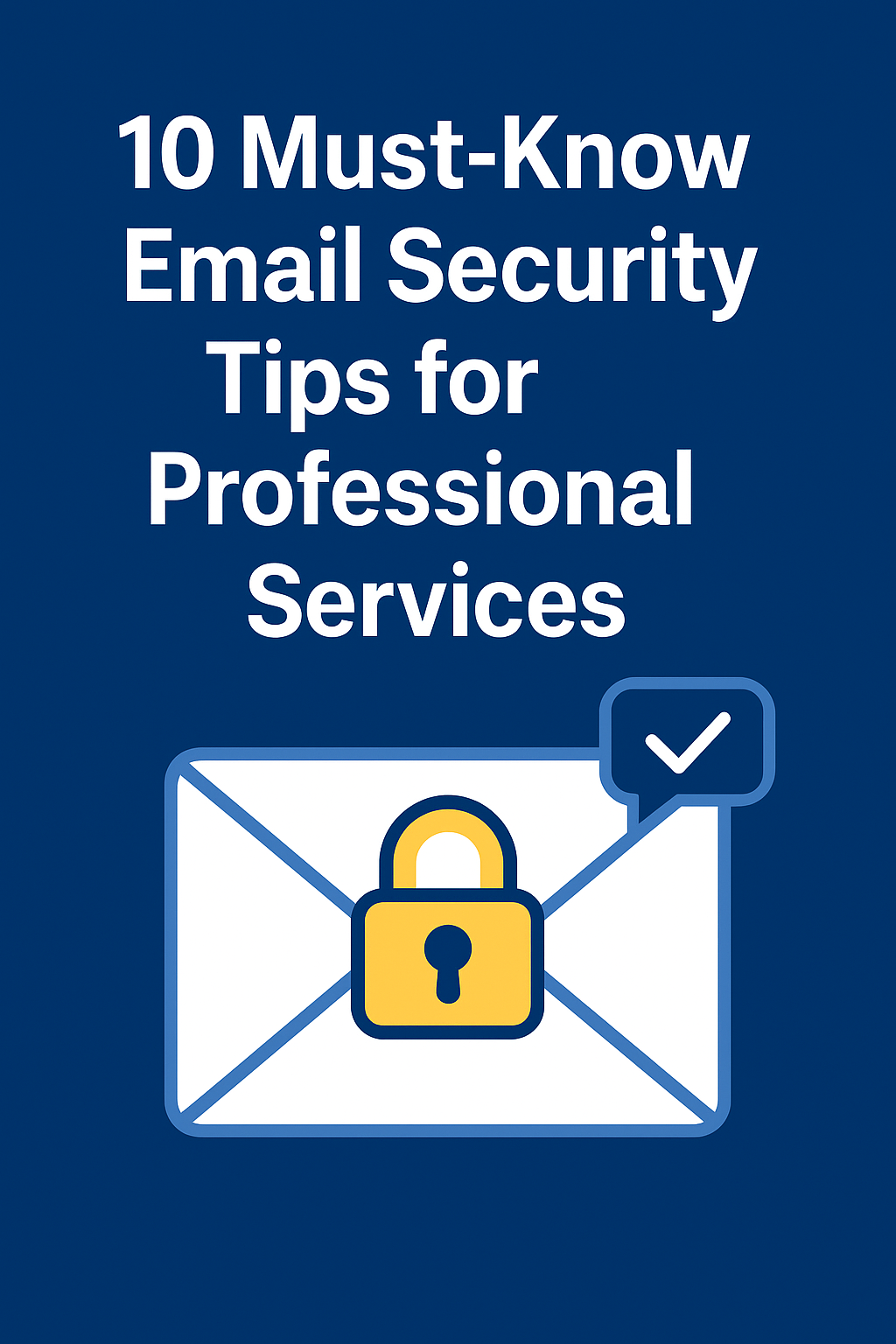

.png)
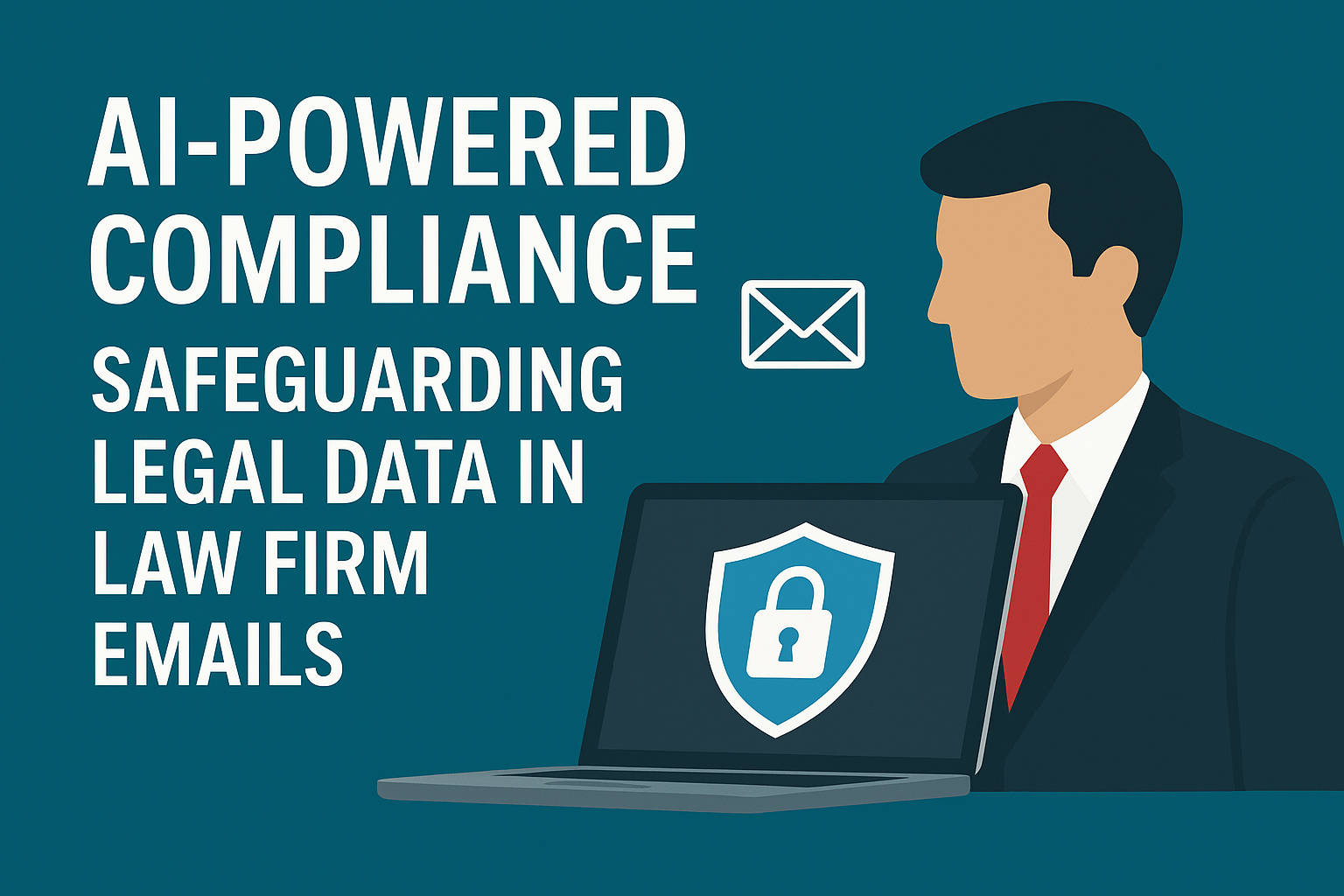
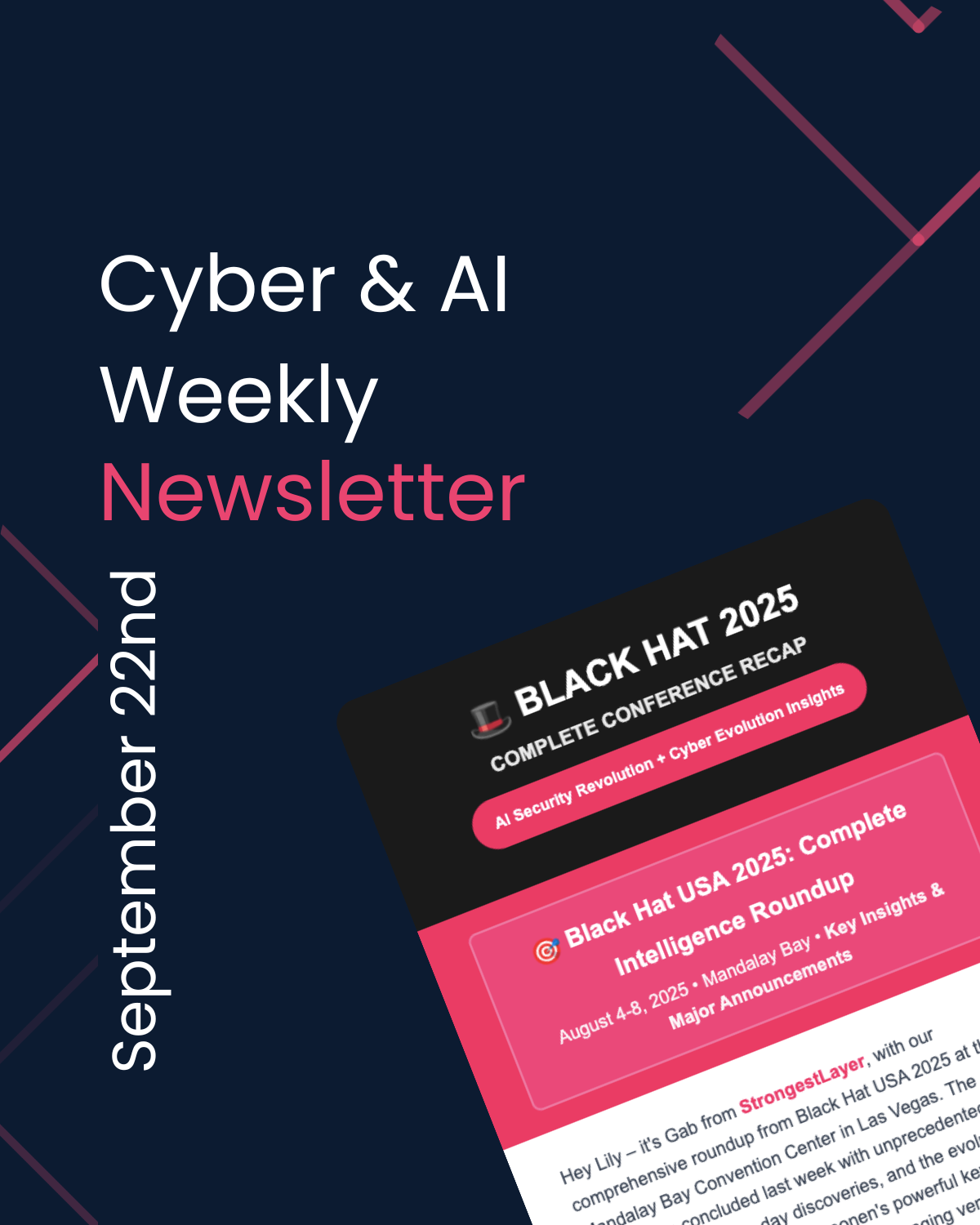




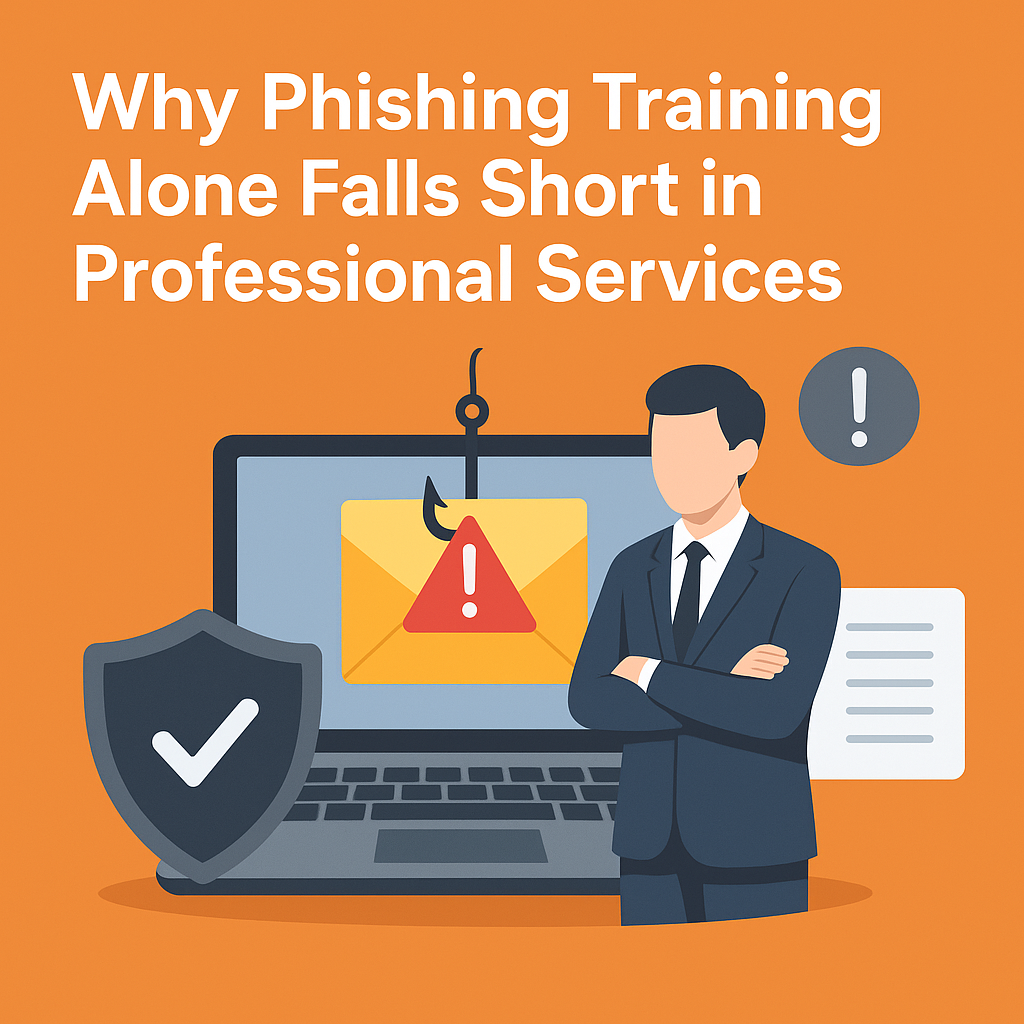

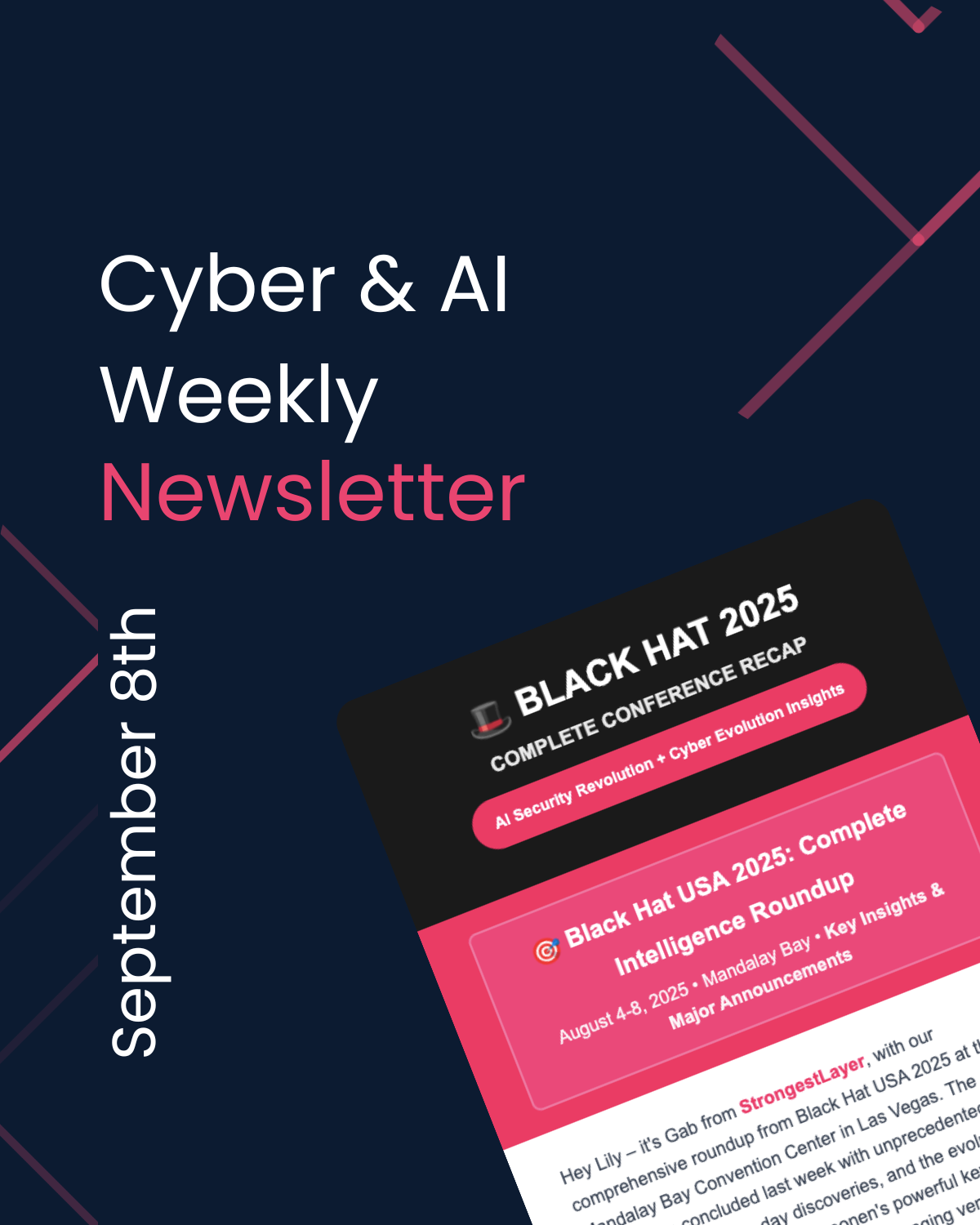


.png)

.png)

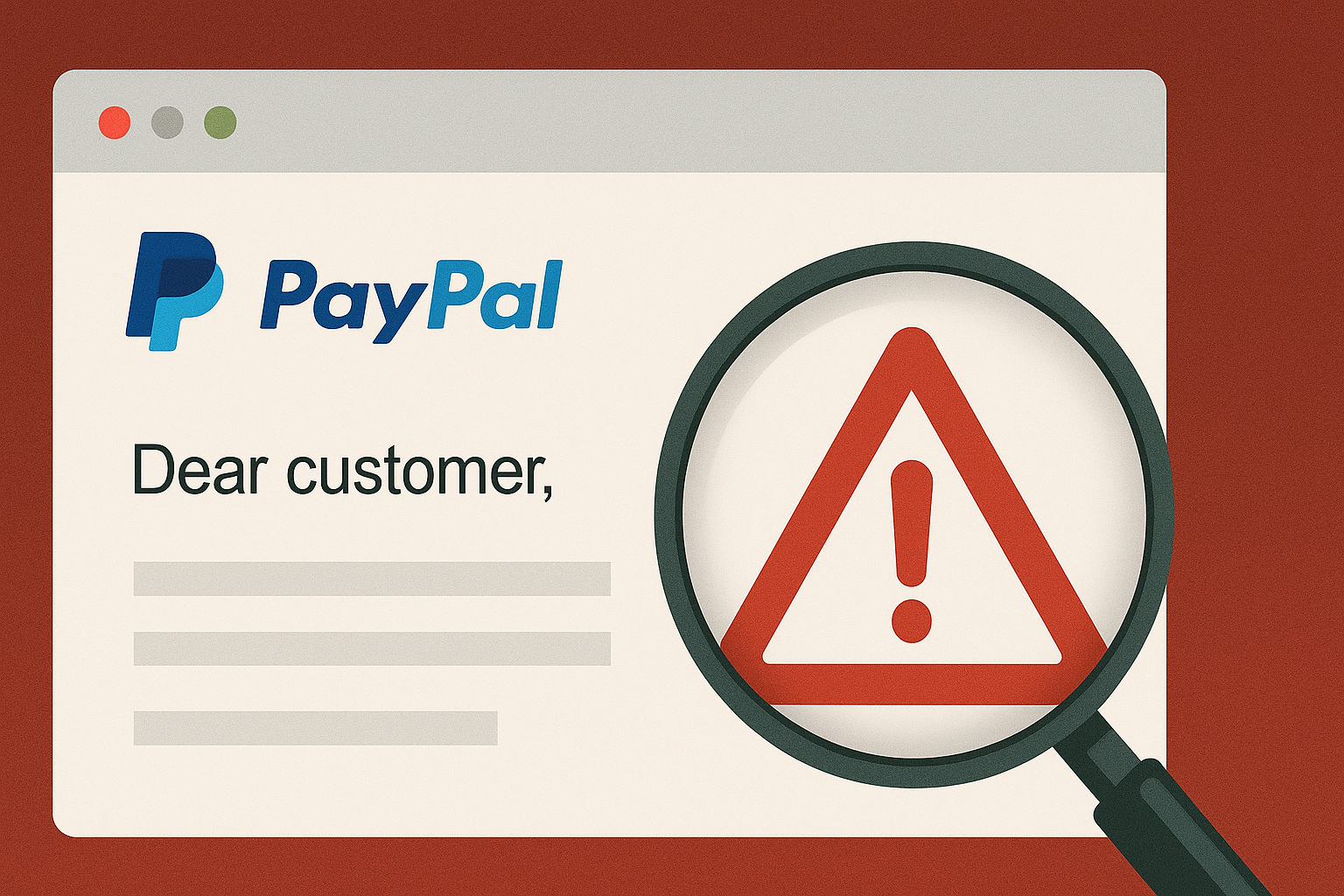
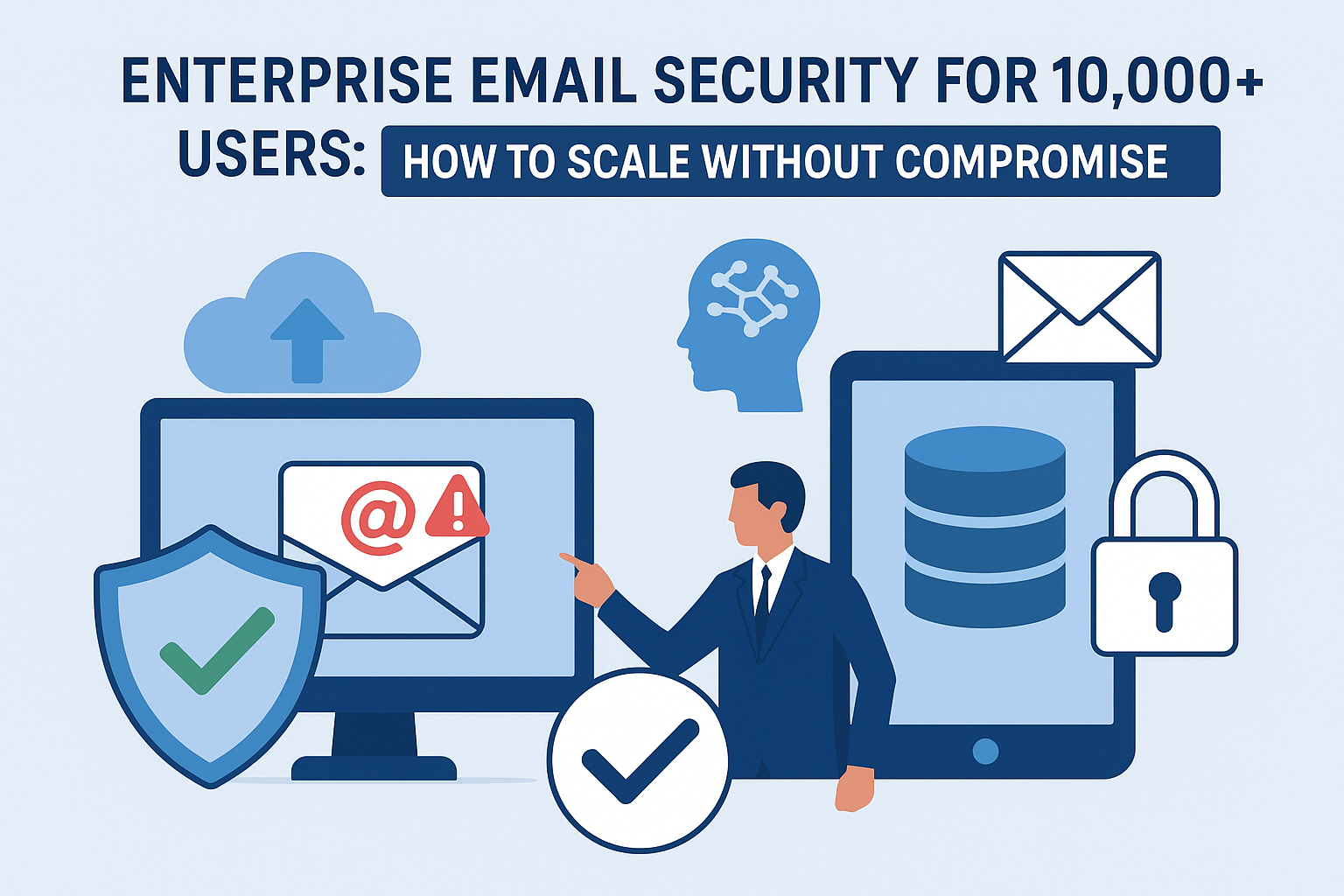
.png)
.jpg)
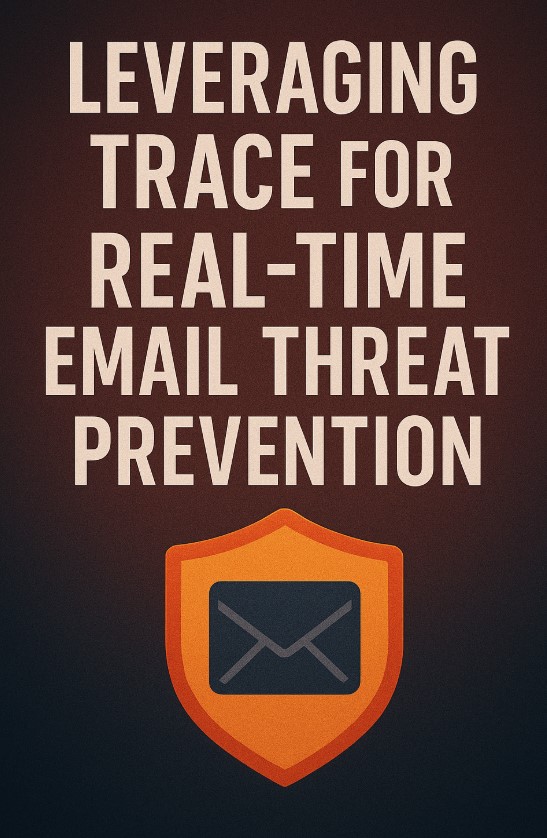
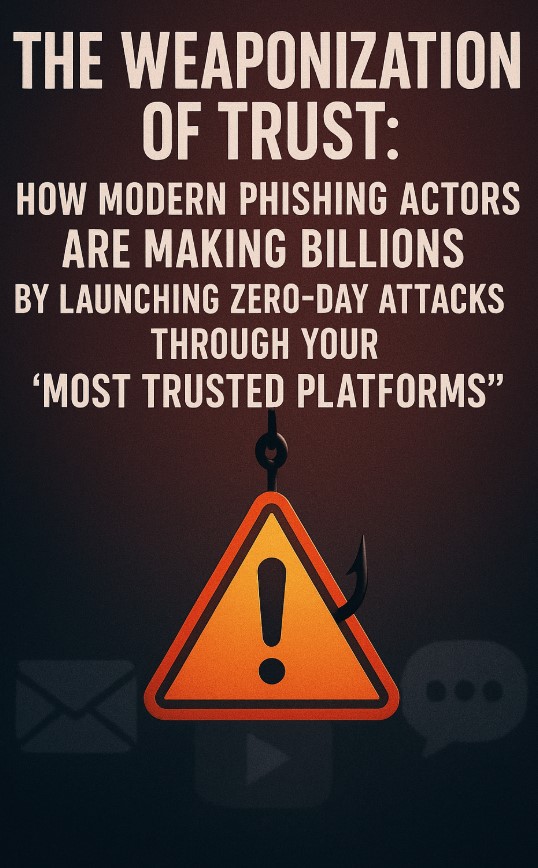
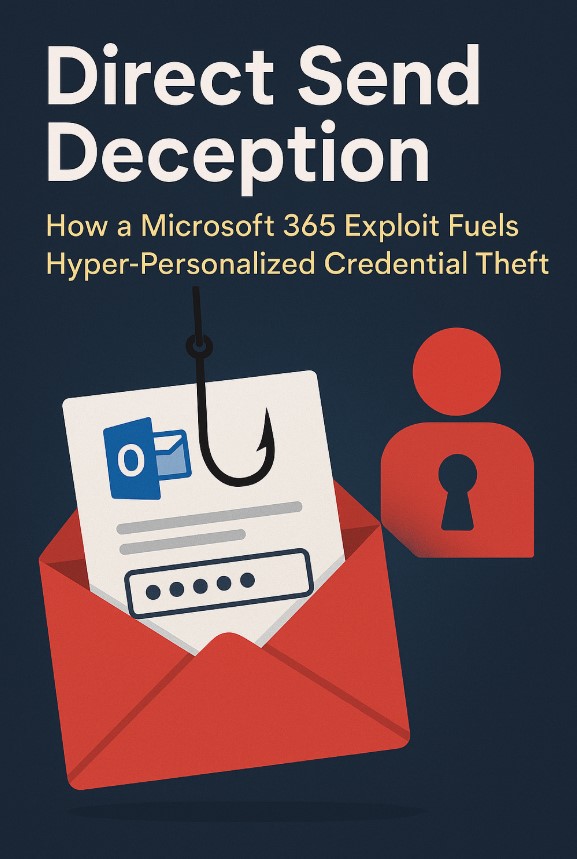
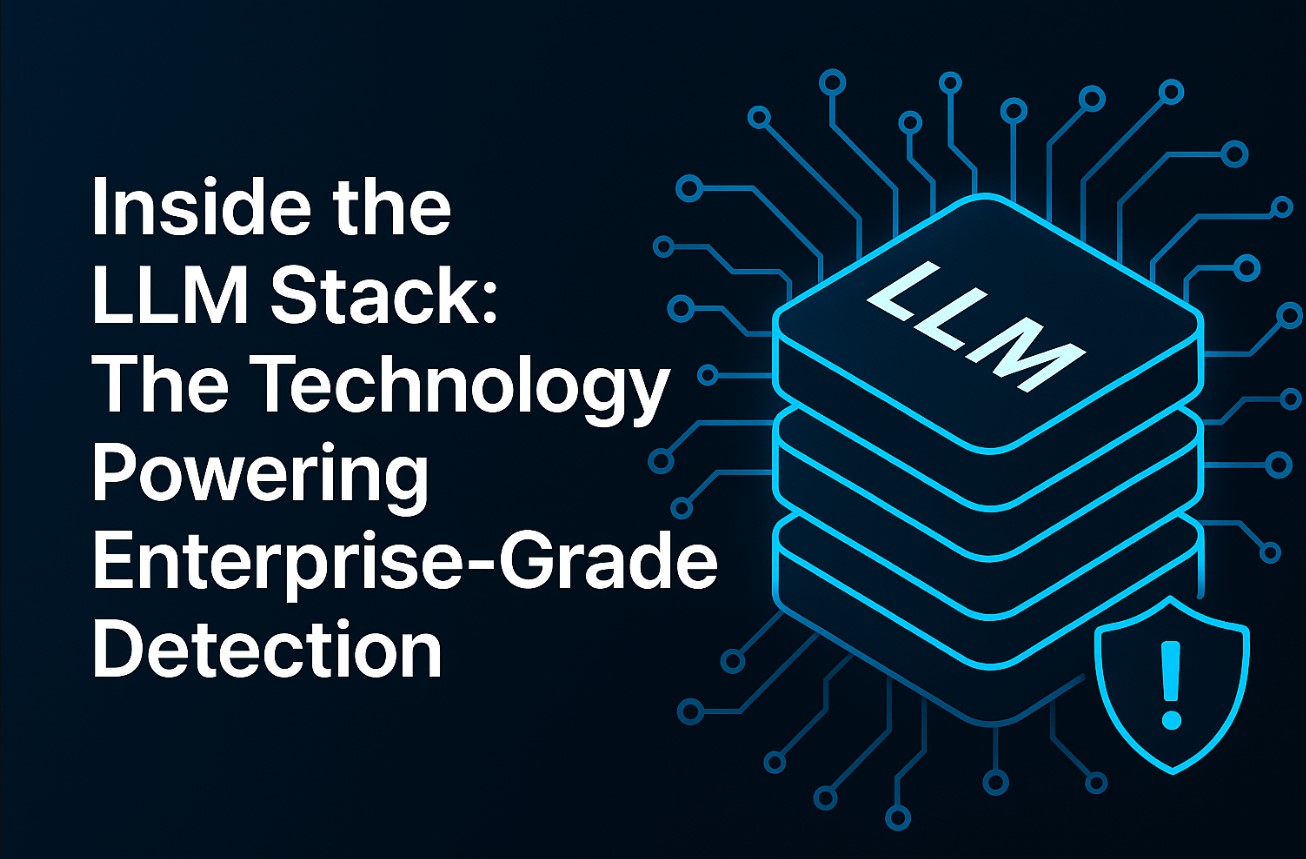
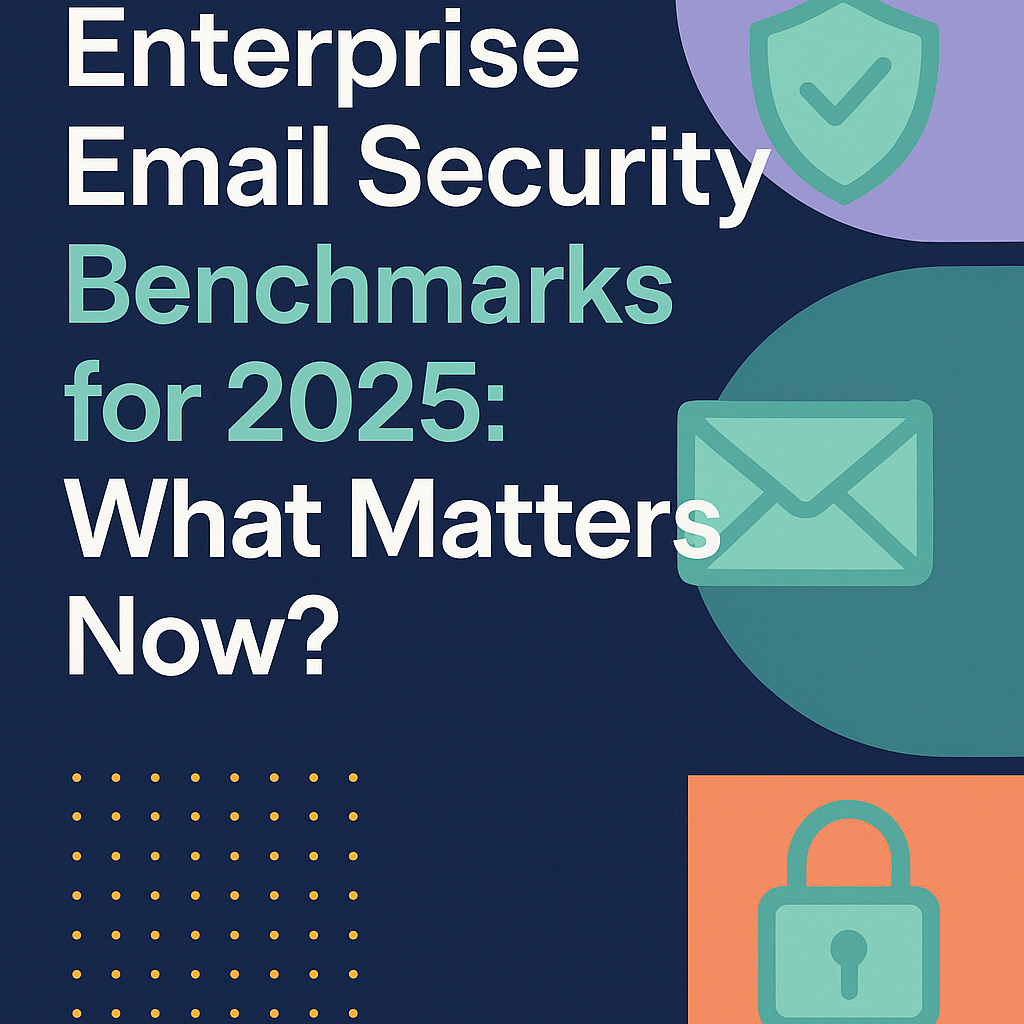


.png)







.png)






























%20Attacks%20in%202025.jpg)









